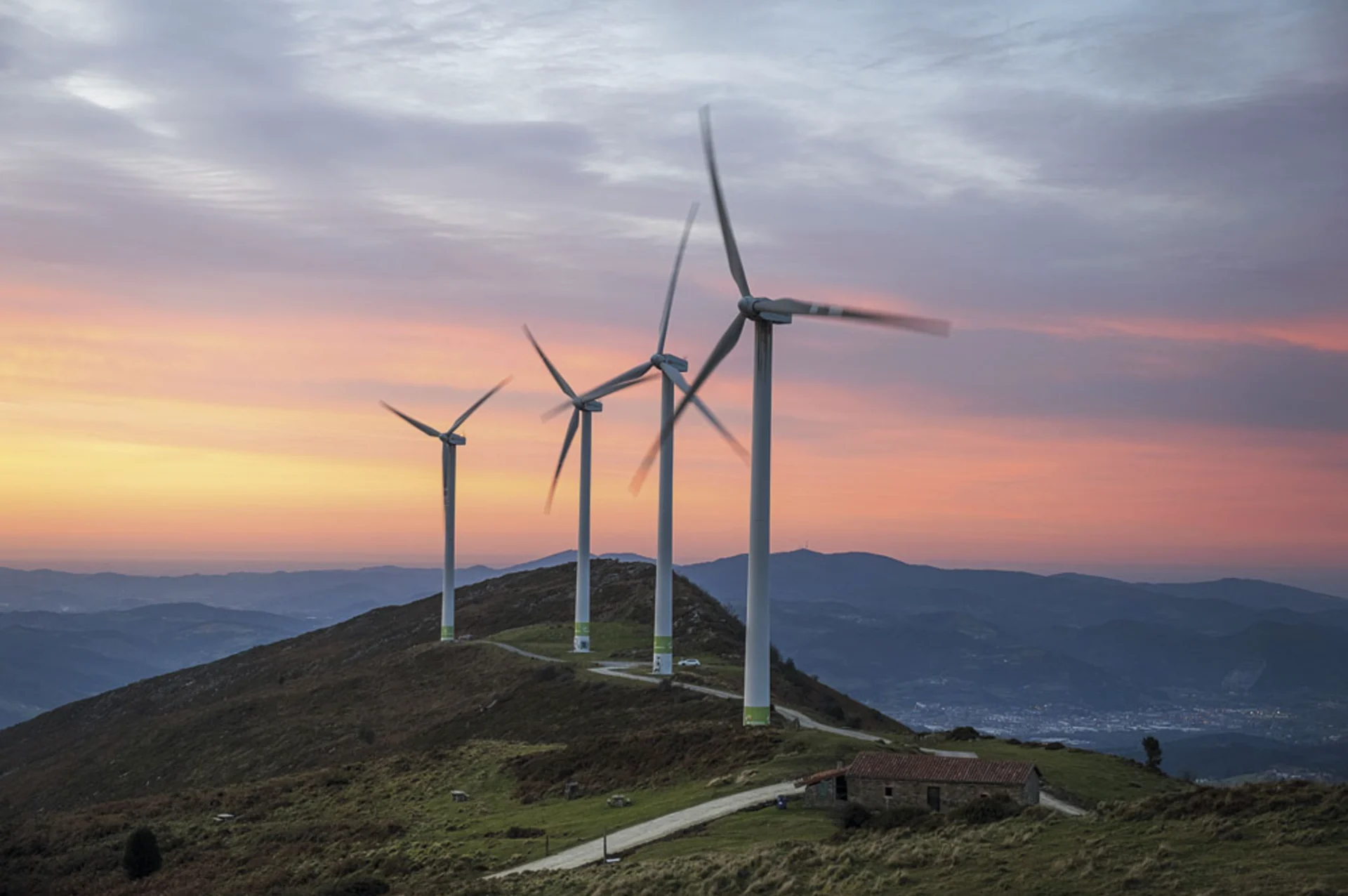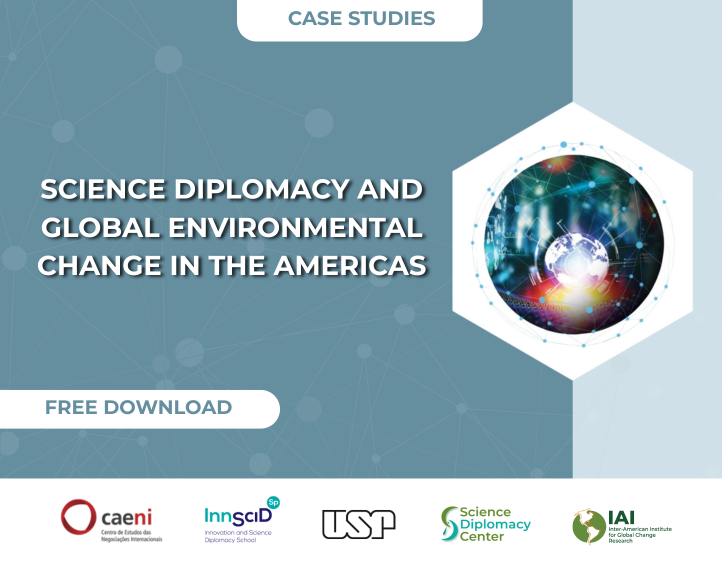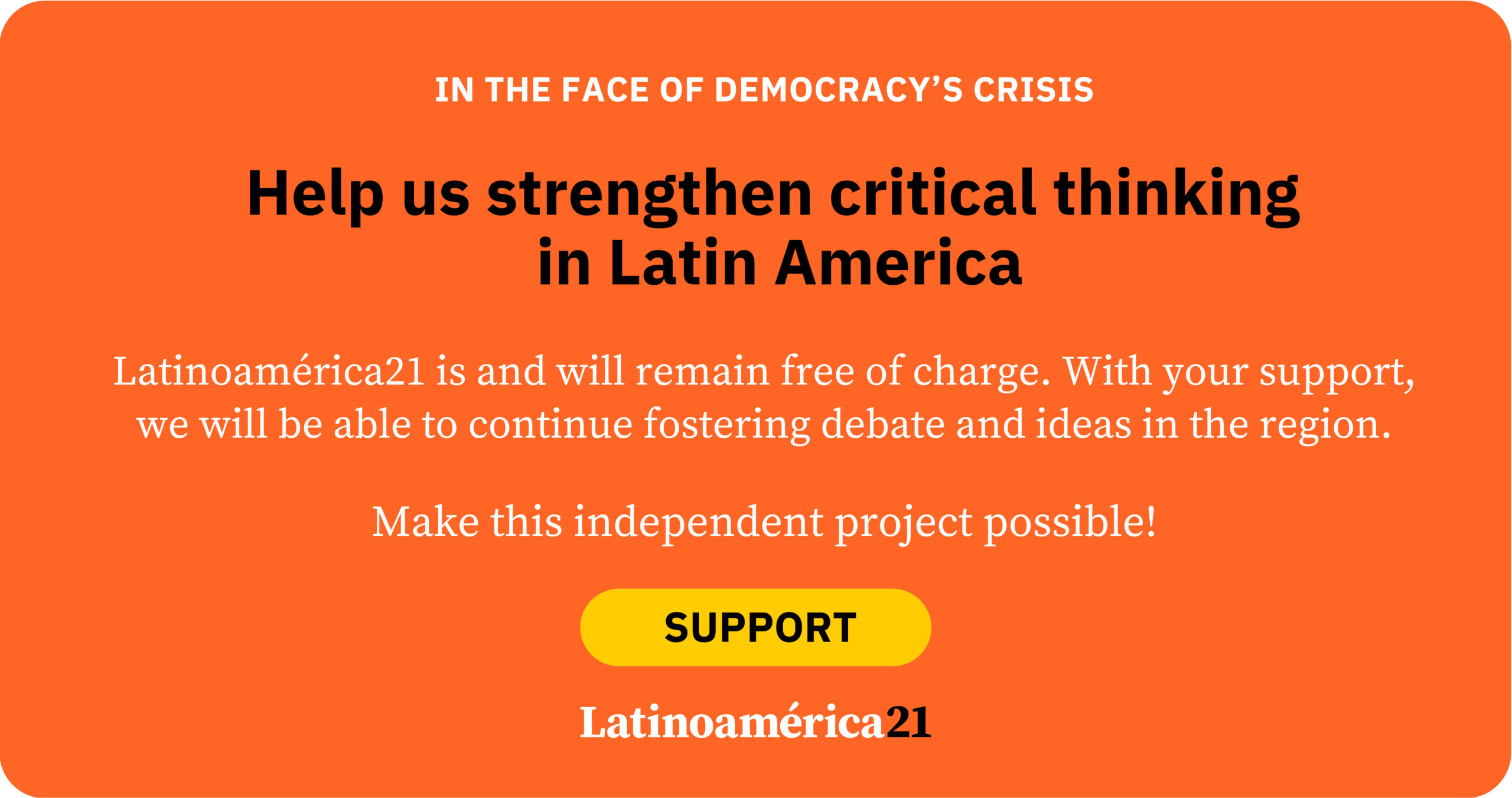We are living through difficult times and facing transcendental junctures. Humanity has crossed six of the planet’s nine limits. The worsening climate emergency is causing increasingly powerful extreme events, requiring greater investment in adaptation. This urgency is prompting governments to launch new renewable energy projects as part of a mitigation strategy to reduce climate risk. However, advancing the transition to a renewable energy matrix has a financial impact that is not always accurately measured. As a result, climate risks are already affecting the financial sector, both in the immediate present (through costs generated by natural disasters) and in the medium term (through costs associated with stranded assets).
However, the present does not only require large investments; it also imposes new challenges, with short, medium, and long-term repercussions. Although this includes various aspects, the analysis here focuses on the interrelationship between climate change, the development model and external constraints.
The external constraint is related to a demand-centered view of development, associated with a structuralist and post-Keynesian perspective, highlighting the role played by the dynamics of exports and imports in long-term economic development. The trade balance shows recurrent cycles, since the products exported from the region show low levels of elasticity while imports from abroad are associated with high elasticity goods, which shoot up at the slightest sign of recovery. The lack of foreign currency is a constant in our history as a region, which led many governments to stimulate the process of industrialization by substitution in the middle of the last century. Already in the 1970s, the idea was to avoid such shortage through financial openness, encouraging the entry of foreign capital, experiences that always ended in crisis and new indebtedness.
Considering the export dynamics, recently natural resources have dominated the region’s external sales. While Asia-Pacific was moving toward greater productive diversification, extractive projects ended up inducing an enclave economy in South America. We exploit lithium and copper, we buy batteries and cellular telephony, nonetheless we also sell oil while importing solar panels. This pattern of trade ends up driving a certain pattern of investments, funds that arrive searching for the competitive advantages offered by the region.
Let us focus our attention on trade-investment flows in energy. Advantages associated with the presence of oil reserves are proposed, windows are opened, and the arrival of investors is encouraged. Not only are they offered tax and exchange incentives; in the name of legal security, stability is promised to the oil sector, which shields them from any energy transition project.
Unlike what has been observed with other resources, none of the countries in the region is able to compete with the big players in the oil industry. On the one hand, we do not have the comparative advantages that countries such as Saudi Arabia have. This should not be overlooked, especially when we are being alerted from various quarters about the proximity of peak oil. Even if the fall in demand is not immediate, what can be abrupt is the fall in the value of assets: when peak demand is near, investors will sell their shares in the oil sector. Attitudes like this accelerate the outflow of capital, which increases the external restriction — in addition to the possible lawsuits that the sector may eventually file due to the alteration in its economic-financial equation caused by the irruption of a stranded asset.
On the other hand, encouraging the arrival of investors in the oil sector is certainly wrong from a long-term perspective. In terms of technology, it is renewable energies that promise the greatest innovations; it is the disruptive industry. This is where future revenues will come from, which are key to guaranteeing an inclusive and sustainable development process. Inexorably, decarbonization is advancing in different corners of the world; if nothing is done (or if we persist with the oil model), sooner rather than later this will affect the productive scheme and the external insertion of the region. Continuing with the oil projects implies establishing a wrong development path, a technological blockade that condemns the country to the past.
Despite this, some economists continue to think in terms of aggregate demand with a conjunctural incidence that the decisions of the present do not influence the actions of tomorrow. The deepening of the extractive model may, in the short term, induce an overvaluation of the exchange rate, the so-called “Dutch disease”, with serious consequences on the productive structure. This (temporary) resolution of the external restriction blocks the emergence of green projects as well as investment in renewable energies, the country becomes a “pollution refuge”. Hence, any policy that avoids the overvaluation of the domestic currency is welcome, particularly those that induce structural change, such as a green industrialization policy.
Green innovations induce open innovation processes while promoting networking. From a macro perspective, moving forward with the energy transition implies reducing the uncertainty that characterizes the oil market, which is strongly affected by geopolitical tensions and financial speculation.
This productive transformation, on the other hand, links the urgencies of the present with the constraints of the long term. Moving toward “green industrialization” implies offering products with high elasticity, which generate income and help solve the external constraint. The decarbonization of the production matrix not only transforms the export basket, but also protects the environment.
The urgency of the climate crisis connects us with the latter scenario: the planet’s limits force us to change our production model as much as to abandon consumption patterns. Certain factors cannot be substituted; in times of climate emergency, the concept of hard sustainability rules. The economy must recognize the constraints imposed on it by nature. This requires us to exert less pressure on the environment, but also to move toward production processes with technologies, products, and services that reduce environmental risk while minimizing the use of resources. It is imperative to move toward a “green economy”, toward new patterns of consumption and production. Such a shift implies a new approach to development, an inclusive and sustainable green structural change.
One last comment on the above interrelationship: Our societies must confront climate change in a context of great uncertainty. It is unknown when a disruption might occur that would upset the balance of ecosystems, such as the melting of polar ice caps, the desertification of the Amazon, or the loss of permafrost. To prevent such occurrences, we must act and invest in mitigation projects. The continuation of oil projects, however, can be attributed to the excessive ambitions of the business class and the short-sightedness of the ruling class. In short: greed and power.
*Translated by Janaína Ruviaro da Silva from the original in Spanish.













